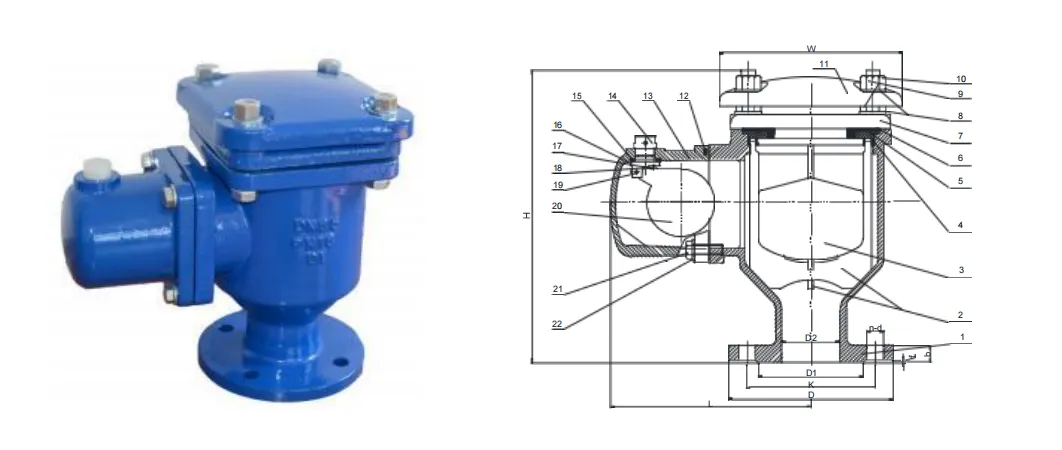wall grating
Understanding Wall Grating A Comprehensive Insight
Wall grating, a term often encountered in architectural and engineering contexts, refers to a structured arrangement of slotted or perforated materials, typically placed vertically or horizontally against walls. It serves multiple purposes, from functional to aesthetic, enhancing both the utility of a space and its visual appeal. In this article, we will explore the various aspects of wall grating, including its types, applications, benefits, and design considerations.
Types of Wall Grating
Wall grating can be made from various materials, including metal, plastic, and wood. Each material offers unique properties that cater to different needs
1. Metal Grating Usually crafted from steel or aluminum, metal grating is durable and resistant to corrosion. It is commonly used in industrial settings, where it can support heavy loads and withstand harsh environments.
2. Plastic Grating Often made from fiberglass reinforced plastic (FRP), this type is lighter than metal and resistant to chemicals and moisture. It’s a popular choice in commercial and residential applications, particularly in areas prone to wet conditions.
3. Wood Grating Wood can offer a rustic charm and is typically used in decorative applications. While not as durable as metal or plastic, treated wood grating can be used effectively in sheltered environments and for aesthetic purposes.
Applications of Wall Grating
Wall grating finds its application in various fields, including construction, landscaping, and interior design
- Construction In industrial buildings, wall grating can be used for ventilation purposes, allowing air to circulate while preventing debris from entering. It’s also employed for safety measures, such as in staircases or platforms where slip-resistance is crucial.
- Landscaping For gardens and outdoor spaces, wall grating can be used as a trellis for climbing plants, providing both structure and beauty. It facilitates air circulation for plants while creating visually appealing green walls.
- Interior Design In contemporary homes, wall grating serves as a unique design element
. It can be used as room dividers, feature walls, or to create innovative lighting effects, enhancing the overall ambiance.wall grating

Benefits of Wall Grating
The use of wall grating offers several advantages
- Ventilation Wall grating promotes airflow, which can help to reduce humidity levels and improve air quality in enclosed spaces.
- Safety By providing slip-resistant surfaces and barriers, wall grating enhances safety in various environments, particularly in areas that experience high foot traffic.
- Aesthetics With various designs and materials available, wall grating can significantly enhance the visual appeal of a space, making it more attractive and engaging.
Design Considerations
When designing with wall grating, several factors should be considered
- Material Selection The choice of material should align with the intended application and the environmental conditions it will face.
- Load-Bearing Capacity For areas that will experience heavy use, ensure that the wall grating can support the expected loads.
- Maintenance Requirements Some materials require more upkeep than others. Consider long-term maintenance when selecting the grating.
In conclusion, wall grating is a versatile and practical solution in various applications, merging functionality with style. Whether used for industrial purposes, landscape enhancement, or interior design, understanding its features can help in making informed decisions that meet specific needs while enhancing the environment.
-
The Smarter Choice for Pedestrian AreasNewsJun.30,2025
-
The Gold Standard in Round Drain CoversNewsJun.30,2025
-
The Gold Standard in Manhole Cover SystemsNewsJun.30,2025
-
Superior Drainage Solutions with Premium Gully GratesNewsJun.30,2025
-
Superior Drainage Solutions for Global InfrastructureNewsJun.30,2025
-
Square Manhole Solutions for Modern InfrastructureNewsJun.30,2025
-
Premium Manhole Covers for Modern InfrastructureNewsJun.30,2025
